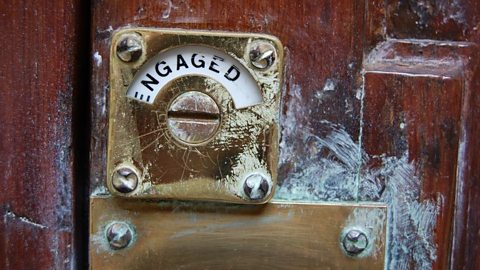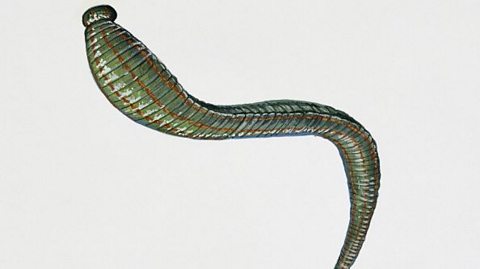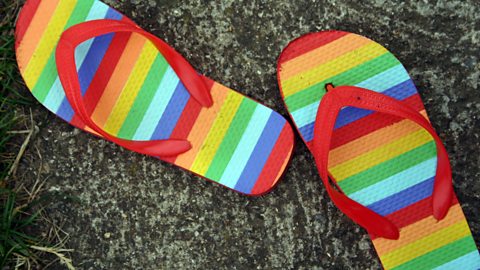Just like time itself, language never stands still and what we understand by certain words today can often be a far cry from their original meaning.
Here are five examples. Read on to find out why someone may have once called their local priest 'silly' without ever meaning offence and why nobody from days past wanted a dose of the flux.
Silly
Original meaning: Blessed with worthiness

That's right. Silly hasn't always meant somebody who acts in a daft manner. It originally meant something far more serious.
It's possible to track the word's journey from around 1200 where it meant 'pious' to the other end of the 13th century where it meant somebody who was to be pitied.
Around 300 years later, silly had completely transformed. In 1570, silly was defined as 'feeble in mind and lacking in reason'.
Silly's fate was sealed. By the 1860s, newspapers were having a 'silly season' each summer when their regular sources of news weren't so plentiful. And the story of Mr Silly would have turned out very differently if the original meaning had stuck.

Flux
Original meaning: Diarrhoea or dysentry

In the late 14th century, the French word flus (meaning ÔÇśa heavy flowÔÇÖ) and the Latin fluxus (which generally meant ÔÇśa little loose or slackÔÇÖ) were the roots for the English word flux, coined to describe a certain unpleasant condition that kept people hovering near their village cesspit.
Fast forward 300 years and flux moved on from such smelly affairs. The earliest recorded usage of ÔÇśfluxÔÇÖ to mean ÔÇśa continuous changeÔÇÖ, the definition we are familiar with today, was in the 1620s. Mind you, an early bout of flux would have led to a continuous change too - of clothing!
Fudge
Original meaning: Lies and nonsense

If you lived in the 1790s and were prone to drama, youÔÇÖd loudly proclaim something you considered a lie as ÔÇśfudge!ÔÇÖ. While a good way of grabbing attention, it isnÔÇÖt as much fun for the tastebuds as the squidgy sweet we know now. The earlier meaning is thought to be inspired by Captain Fudge, a dishonest seafarer.
The word for the sugary treat we know today comes from America. It was first used there in 1895 but before it became solely associated with ÔÇścandyÔÇÖ, fudge was and is also used to describe a story made up on the spot or a last-minute temporary solution to something. Sounds like the edible kind is definitely the best one.

Leech
Original meaning: A doctor or healer

Ever watched films or TV shows through your fingers where blood-sucking leeches are applied to the human body for medicinal purposes? It's not as horrific as it sounds. The parasitic worms are still used today in therapies involving blood clots and varicose veins.
But while we use the word leech to describe the creature today, it was once used to describe someone who worked as a doctor.
Leech in its non-wormy form came from Old English. It is thought to have arrived in Britain via Denmark and Germany where the word lekjaz meant either a miracle worker or physician.
The doctor connection is long obsolete while the meaning we know now has clung to the dictionary like a, well, leech.
Stripe
Original meaning: A mark on the skin from a lash

Not the kind of stripes youÔÇÖd want on your toothpaste, in the early 15th century these were marks left on peopleÔÇÖs skin after theyÔÇÖd received a lashing, usually from a whip as a form of punishment.
The term was also used to describe the decorative lines on ornaments at around the same time. Thankfully, as lashings for punishments became a distant memory, so too did the stripes associated with them. Today, we prefer stripes on our pyjamas, flip flops or anywhere else theyÔÇÖre not painful.
This article was published in March 2019

Learn more about the English language. revision-guide
What we say and why we say it

Your history revision begins here
First port of call for the past

The fantastic and fabulous world of fiction. revision-guide
Bringing stories to life
